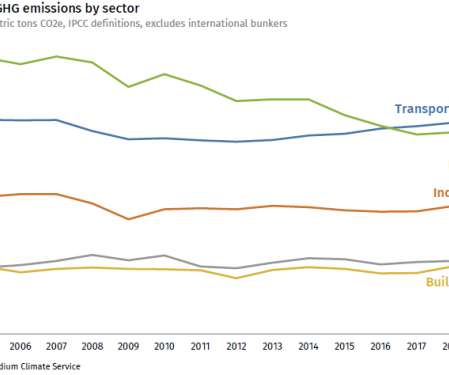Rhodium Group estimates US GHG fell 2.1% in 2019, driven by coal decline
Green Car Congress
JANUARY 8, 2020
All told, net US GHG emissions ended 2019 slightly higher than at the end of 2016. The switch from coal to natural gas and renewables in the electric power sector accounts for the majority of the progress the US has made in reducing emissions over the past decade. Coal-driven decline. year-on-year. during the same period in 2018.






















Let's personalize your content